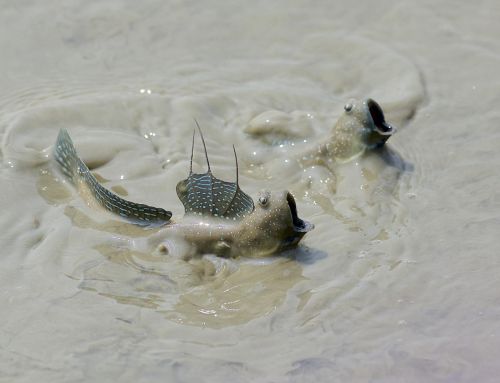Large dinosaur predators, such as Tyrannosaurus rex, evolved different shapes of eye sockets so they could have stronger bites, a new study suggests.
Although the eye socket is just a hole in the skull housing the eyeball in many animals, and most dinosaurs, this is not the case for large carnivores.
In a new study, researchers at the University of Birmingham reveal how the unusual oval – or elliptical – eye sockets of these predators could have evolved to help the skull absorb impact as they pounced on prey.
Dr Stephan Lautenschlager, senior lecturer for palaeobiology at the university and author of the new study, analysed the shape of the eye sockets of around 500 different dinosaurs and related species.
He said: “The results show that only some dinosaurs had eye sockets that were elliptical or keyhole-shaped.
“However, all of those were large, carnivorous dinosaurs with skull lengths of one metre or more.”
Dr Lautenschlager used computer simulations and stress analysis to test a potential purpose for the unusual shape of these eye sockets.
The study found that a skull with a circular eye socket was more prone to high stresses during biting.
However, if these were replaced with other eye socket shapes stresses were considerably reduced allowing top predators, including Tyrannosaurus rex, to evolve high bite forces without compromising skull stability.
The study also found that most plant-eating species and juvenile animals retained a circular eye socket, and only large carnivores adopted other morphologies, such as elliptical, keyhole-shaped or figure-of-eight-shaped eye sockets.
Dr Lautenschlager added: “In these species, just the upper part of the eye socket was actually occupied by the eyeball.
“This also led to a relative reduction of eye size compared with skull size.”
The findings are published in the Communications Biology journal.






